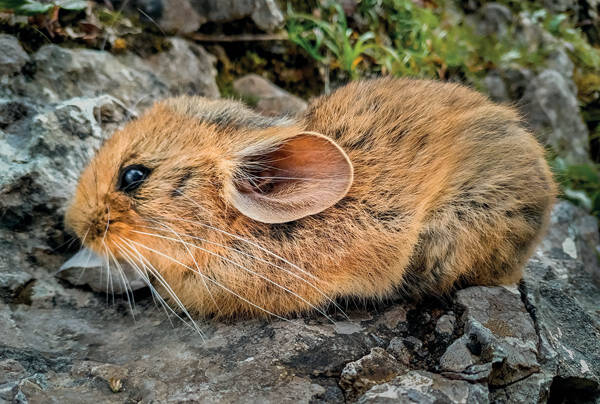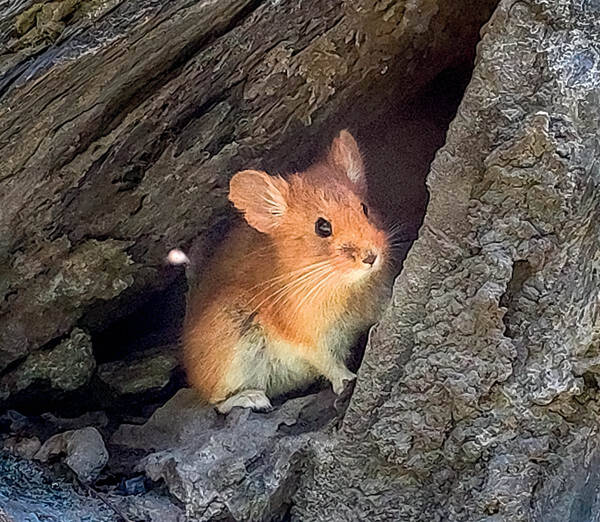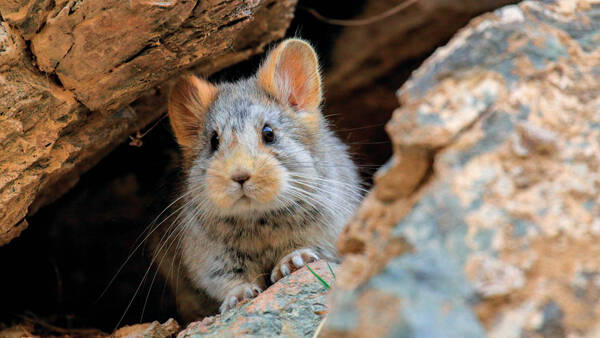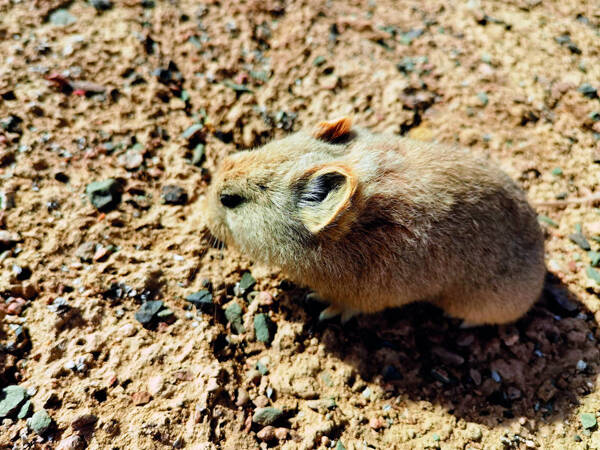Ochotona erythrotis
IUCN
LCBasic Information
Scientific classification
- name:Ochotona erythrotis
- Scientific Name:Ochotona erythrotis,Red-eared rabbit
- Outline:Lagoiformes
- Family:Lagomorpha Ochotonidae Ochotona
Vital signs
- length:180-280mm
- Weight:
- lifetime:
Feature
The color of the coat on the body of the red-eared pika changes significantly with the seasons.
Distribution and Habitat
It is endemic to China. It is only distributed in Qinghai, Gansu and Sichuan.
The red-eared pika lives in high mountains and plateau meadows, high mountain gravels and bare rock areas at an altitude of 2000-4000 meters.
Appearance
The individual is larger. The body length is 180-280mm, which is similar to the Western Sichuan pika. Its distinguishing feature is the brilliant bright rusty red color of its entire body, including its ears. In winter, the body may turn gray-black, but the ears remain red. The belly is pure white. The back of the front and rear feet is white. The hair on the soles of the feet is short, and the claws are exposed outside the hair. In terms of the skull, the incisor foramen and the palatine foramen are separated, and there are two oval foramen on the frontal bone on the back of the skull.
Details
Red-eared pika belongs to the subgenus <Conothoa>. There is some controversy in classification. Red-eared pika was once merged into red pika (<Ochotona rultila>). Liu Shaoying et al. (2016) confirmed it as an independent species. Red-eared pika is the most beautiful pika. It has a special habitat and lives in arid bare rocks. It is distributed along the river in the upper reaches of the Yellow River.

Red-eared pikas do not hibernate in winter and often move during the day. They are active all day in spring and autumn, but less active at noon. They rarely go out at noon in summer, and only go out of the cave when the weather is warm at noon in winter. Except for the breeding season, they often move alone and move quickly. They like to stay at the stone pile. Once they find danger, they immediately hide in the cave or the crevices of the rocks, and soon come out to move in the hidden place.
Red-eared pikas often build nests in rock crevices or crevices, or dig under clumps of Achnatherum splendens. In winter, they store a lot of hay in their caves. The caves are simple, with few branches, mostly single caves, 1-2 meters long. They do not live in caves in groups, but each individual makes its own cave. Red-eared pikas usually start to shed their summer fur in early to mid-May, and their winter fur in about mid-September. Their natural enemies are mainly wolves, foxes, weasels, eagles, and eagles.

Red-eared pika feeds on roots, stems, leaves and seeds of plants such as Gramineae and Chenopodiaceae. Red-eared pika breeds from May to August, producing 2 litters a year, with 3-7 pups per litter.
The fur of the red-eared pika is better than that of other pikas and can be purchased and used. Its feces can be used as medicine to treat diseases. It is called "Cao Lingzhi" in traditional Chinese medicine and "Wulingzhi" in Tibetan medicine. It is mainly used to treat irregular menstruation, postpartum abdominal pain, trauma, stomachache and other symptoms.
Listed in the 2008 Red List of Endangered Species of the World Conservation Union (IUCN) ver 3.1-Least Concern (LC).









